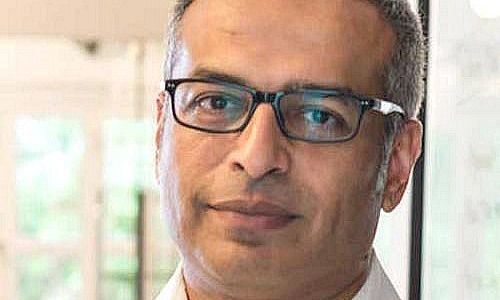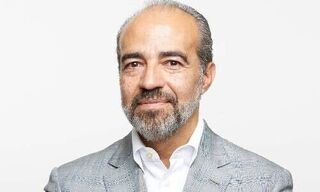A Hong-Kong-based Family Office powerhouse with $1.5 billion in assets under management is latest to partner with fintech Canopy.
The Raffles Family Office, which manages over $1.5 billion in assets in Hong Kong and Singapore, is the latest asset manager to announce a partnership with data aggregator Canopy in which Credit Suisse has a 10 percent stake.
The deal allows the family office to offer its relationship managers and clients automated account aggregation and analytics. Clients will be able to feed in data around assets, whether they are bankable liquid assets or non-bankable assets, illiquid assets like jewelry and art into a system that will aggregate their holding across geographies, currencies and asset classes.
Peer Comparisons
The resulting analytics will allow both clients and their advisors to asses investment products and services for performance and pricing in a way that would not otherwise be possible. «We provide insight on performance and peer comparisons that no other platform in the market currently provides,» says Tanmai Sharma, CEO of Canopy.
«Canopy is a key solution for us,» admitted Jaydee Lin, Chief Operating Officer at Raffles Family Office, who believes it will allow relationship managers to have better insight into what is and is not working for clients. «We also expect significant efficiency gains because clients will have access to consolidated reporting and spend less time on finding information,» he explains.
In a Matter of Minutes
For clients, he believes the platform «will allow them to have a complete view of their assets at all times allowing them to better manage risk, exposure, and performance.» «Canopy helps analyze client portfolios irrespective of the amount of complexity, and rapidly narrow down on what is performing, and what is not, in a matter of minutes,» promises Sharma.
The partnership puts the family office in fairly exalted company – Credit Suisse (CS) and Bank of Singapore (BoS), amongst others, are Canopy clients in the region. Lin says Canopy's «track record in the local market and deep understanding of Asian banking» were key factors behind the choice.



























